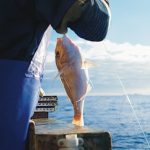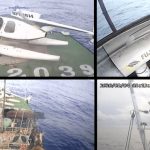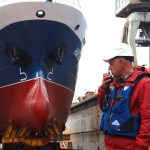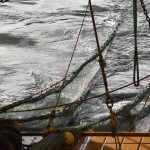A new NOAA report shows that the last decade has been a period of progress in rebuilding depleted fish stocks, sustaining many fisheries populations, and gaining a better understanding of the complex relationships between marine species and their habitats.
The report cites the Alaskan groundfish fisheries—walleye pollock, Pacific cod, rockfishes and Atka mackerel—as a prime example of how managers and fishermen are working together to keep fish harvest rates at sustainable levels while reducing risks to other species in the ecosystem, including marine mammals, juvenile fish and other fish species not being targeted.
These findings are one of a number of highlights from the nation’s coastal communities that are described in the newly released NOAA report Our Living Oceans: Report on the Status of U.S. Living Marine Resources.
The report also describes how closed areas and other management of fishing areas—called place-based management—are helping to restore ecosystems. By closing several areas in the Northeast off New England, depleted groundfish stocks are being rebuilt while allowing some sustainable fishing for rebuilt populations of sea scallops. The West Coast is in the forefront of using place-based management through a network of marine conservation areas that have been established to protect habitat and assist in the rebuilding of depleted groundfish populations.








